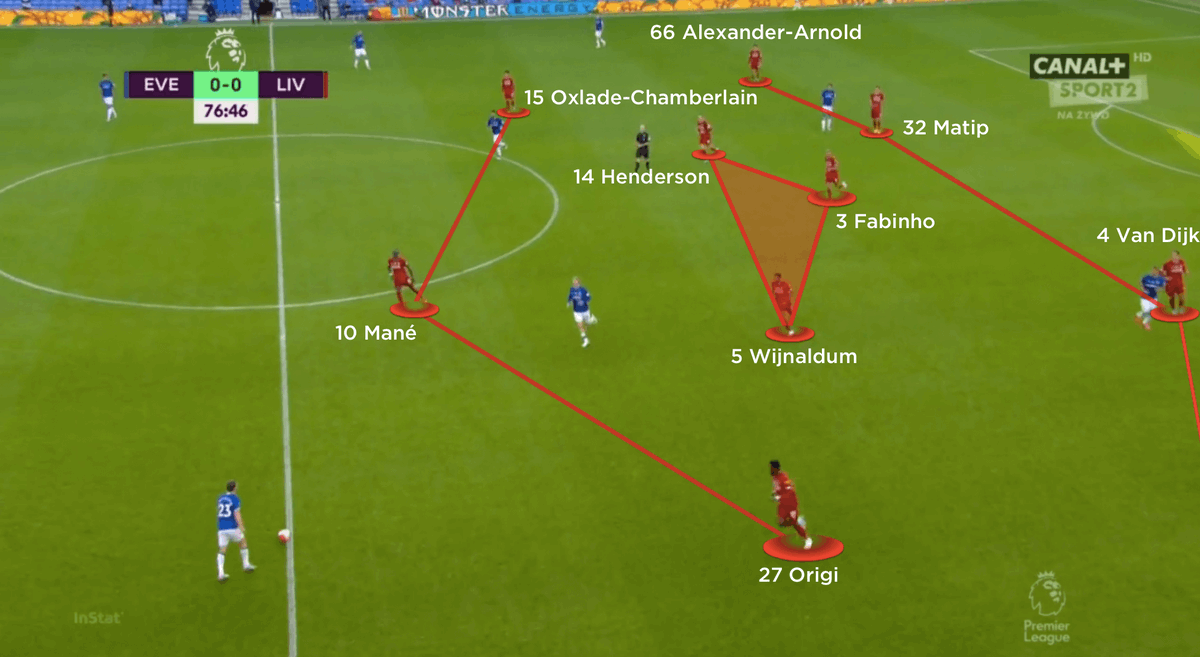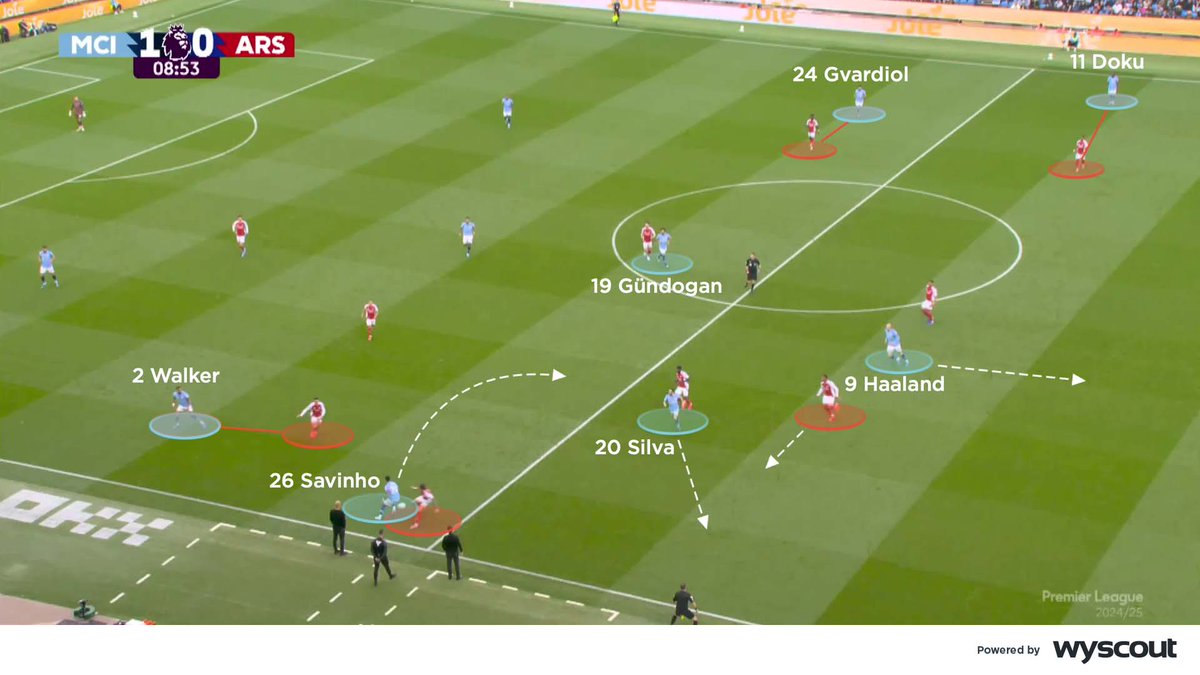🆕 Fresh analysis! 🙌 Liverpool will need Manchester City to drop points against Burnley if they are to secure the title against Crystal Palace, following their draw with youthful Everton. Our professional coaches assess what unfolded at Goodison Park 👇
coachesvoice.com/everton-liverp…
coachesvoice.com/everton-liverp…
📋 Everton adopted a 3-2-4-1 formation during the periods they had possession; Lucas Digne, out of picture, contributed to that by advancing from left-back into midfield #EVELIV 

That 3-2-4-1 became a 4-4-2 while they defended; Digne withdrew into defence, Seamus Coleman moved to right-back, and Richarlison advanced to alongside Dominic Calvert-Lewin #EVELIV 

Liverpool’s full-backs advancing contributed to the threat Everton posed in behind during the second half, and them creating goalscoring chances #EVELIV 

The attacking rotations and movements Liverpool offered towards the right also ensured that Everton prioritised defending those spaces #EVELIV 

Liverpool also occasionally offered a compact shape, from their 4-3-3; they often did so to negate the attacking potential Everton offered #EVELIV 

They largely dominated possession, but even if they regularly progressed possession in midfield, they offered too little presence behind Everton’s defence #EVELIV 

The press Liverpool applied further forwards made it difficult for Everton to build possession from defence, and contributed to them attempting longer balls #EVELIV 

The arrival of Alex Oxlade-Chamberlain from the substitute’s bench invited Trent Alexander-Arnold to attack further forwards, from right-back, during the second half #EVELIV 

• • •
Missing some Tweet in this thread? You can try to
force a refresh
















